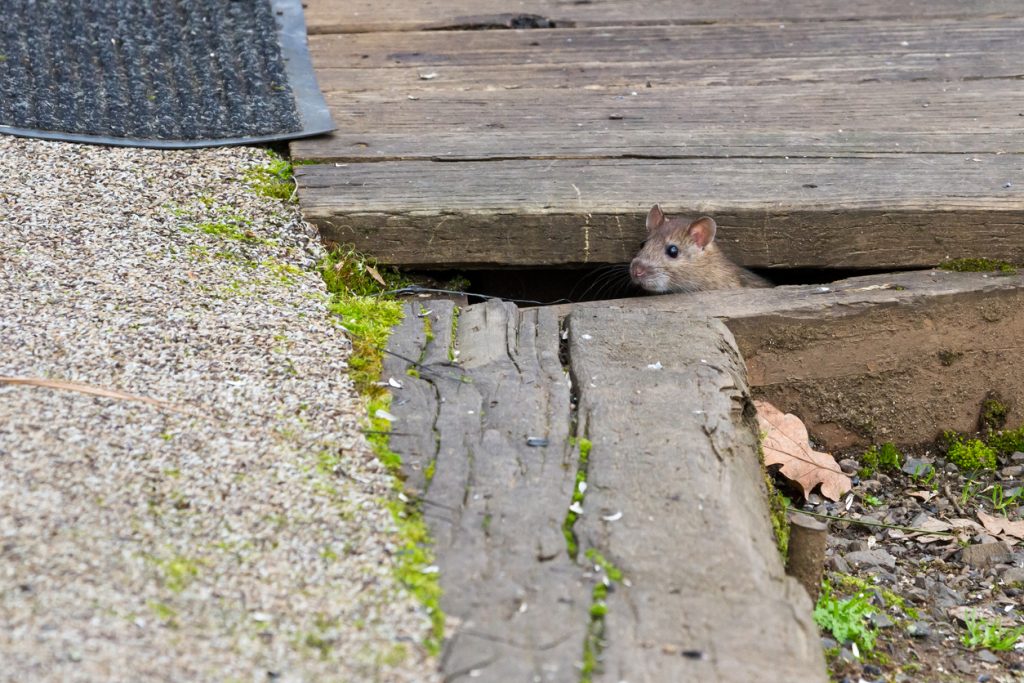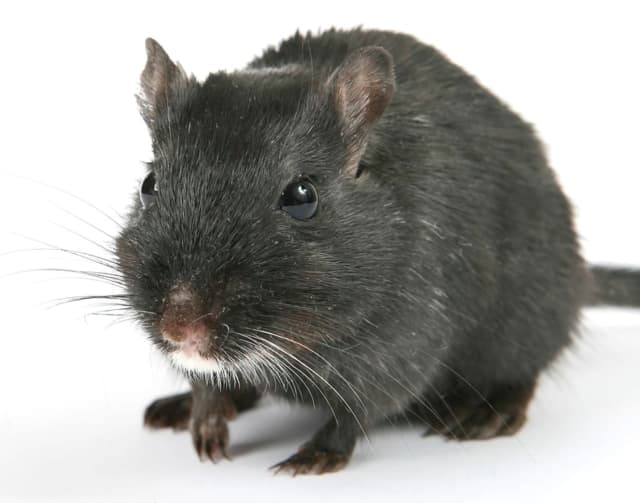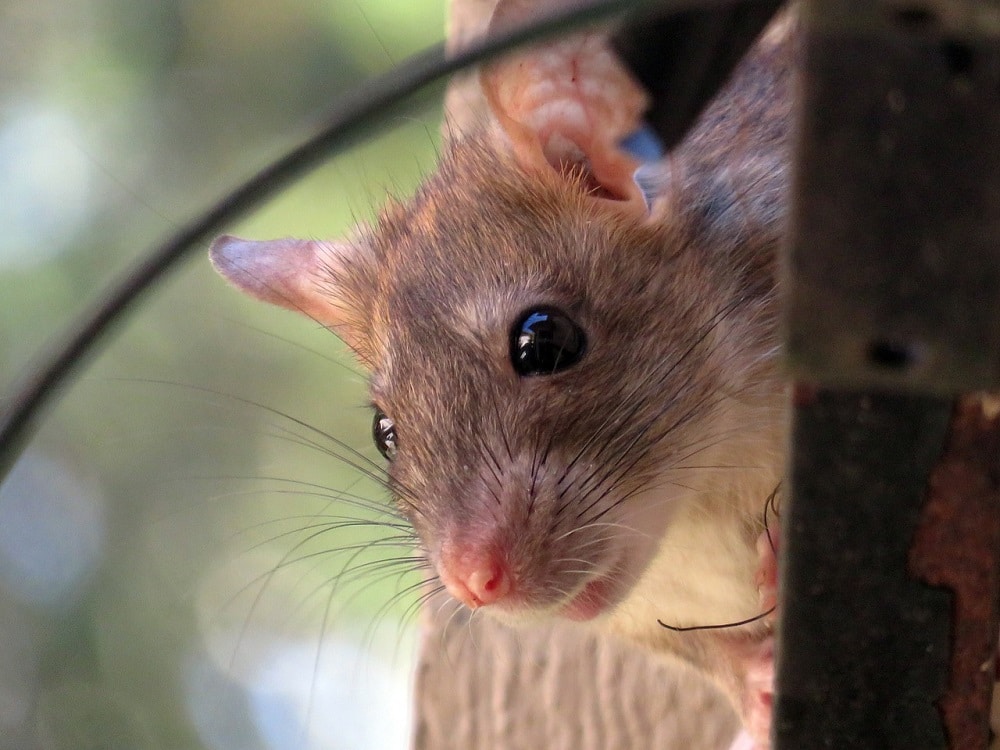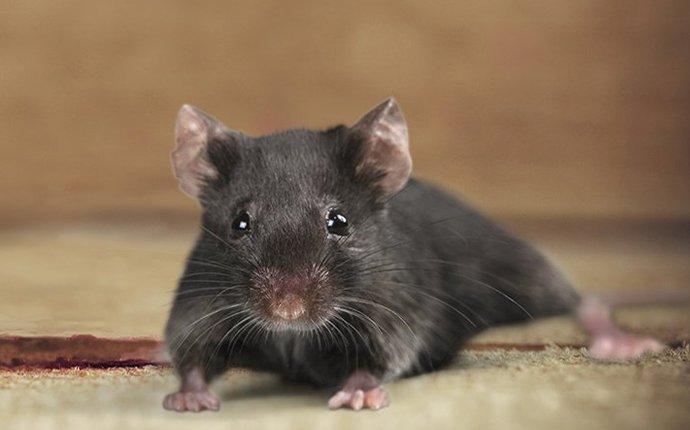Rodents In Attic Cdc

Eliminate possible rodent food sources.
Rodents in attic cdc. Therefore homeowners often find rodents in attics. Apparently you aren t the only one missing the service of restaurants that have been closed due to the covid 19 coronavirus pandemic. In fact on a recent vacation we had at least 2 rats living in the attic. Keep outside cooking areas and grills clean.
The two most common species of rats in north america are the brown rat commonly referred to as the norway rat and the smaller black rat better know as the roof rat. The best way to prevent a rodent infestation and contact with rodents is to remove the food sources water and items that provide shelter for rodents. The centers for disease control and prevention cdc is. When mice climb up downspouts jump down from tree branches or access your roofline in some other way the first location they will find in your home is the attic.
The centers for disease control and prevention cdc cannot attest to the accuracy of a non federal website. Needless to say the rest of the vacation was not that great. So the first reason they like your attic is convenience. The most common varieties include squirrels mice and rats.
Around the pipes under sinks and washing machines. Prevent contact with rodents by cleaning up your home workplace or campsite. Inside closets near the floor corners. Around the pipes going to hot water heaters and.
Rodents cdc worldwide rats and mice spread over 35 diseases. It just happens to be the first place they found. Attics basements crawlspaces and other storage areas. Dead rodents or nests.
Cabins sheds barns or other outbuildings. Both the norway rat and the roof rats infest homes however it is the roof rat that tends to make nests inside attic spaces. Cleaning up after rodents. Mice prefer to be near food sources.
Keep food in thick plastic or metal containers with tight lids. They re warm unfrequented by humans and safe from natural predators. These diseases can be spread to humans directly through handling of rodents through contact with rodent feces urine or saliva or through rodent bites. Where to look for gaps or holes inside your home.
The first we knew about it was when we looked between 2 chairs in the dining room and saw it looking up at us. Attics are excellent nesting locations for many types of pests. Inside under and behind kitchen cabinets refrigerators and stoves.


















